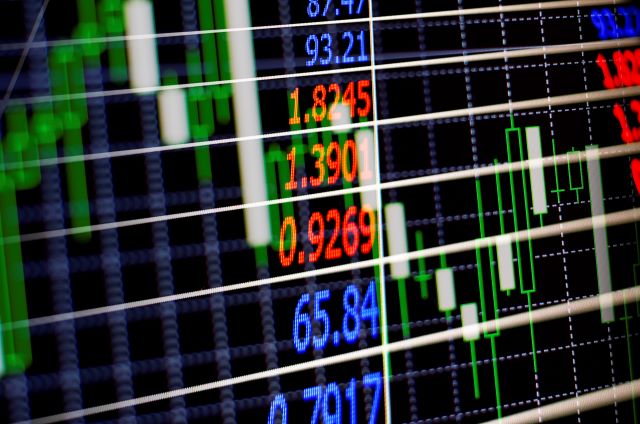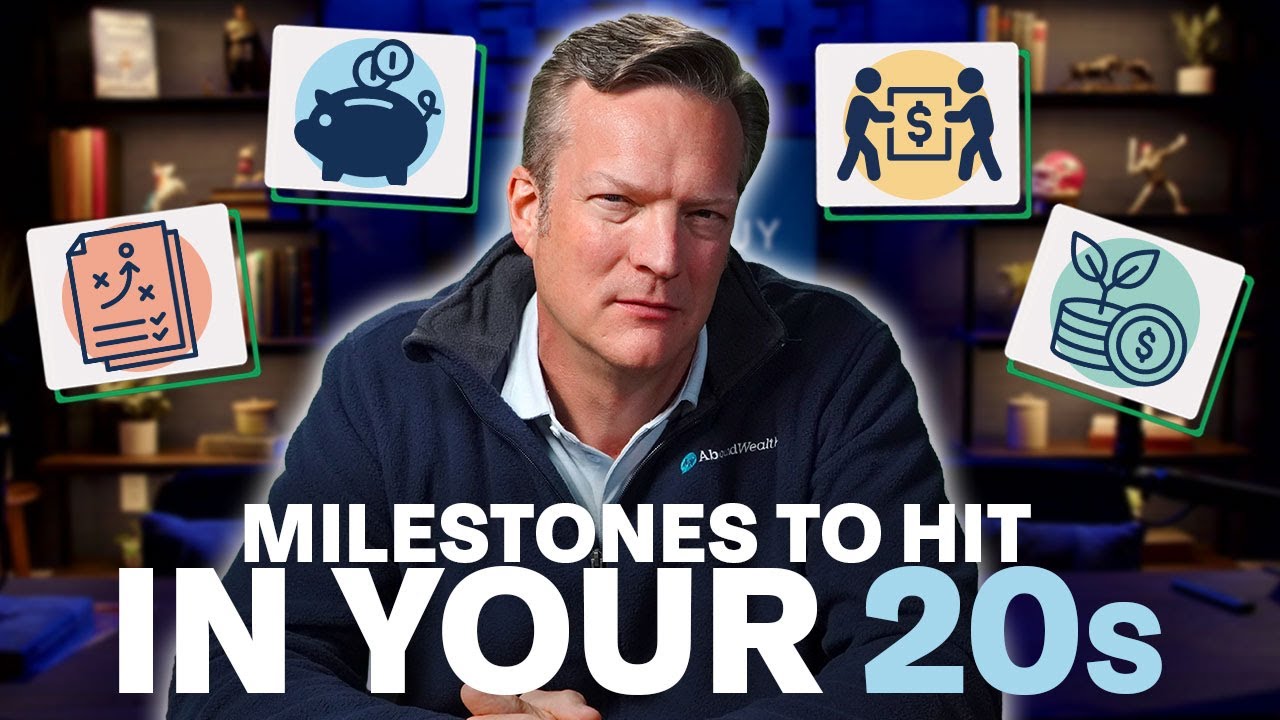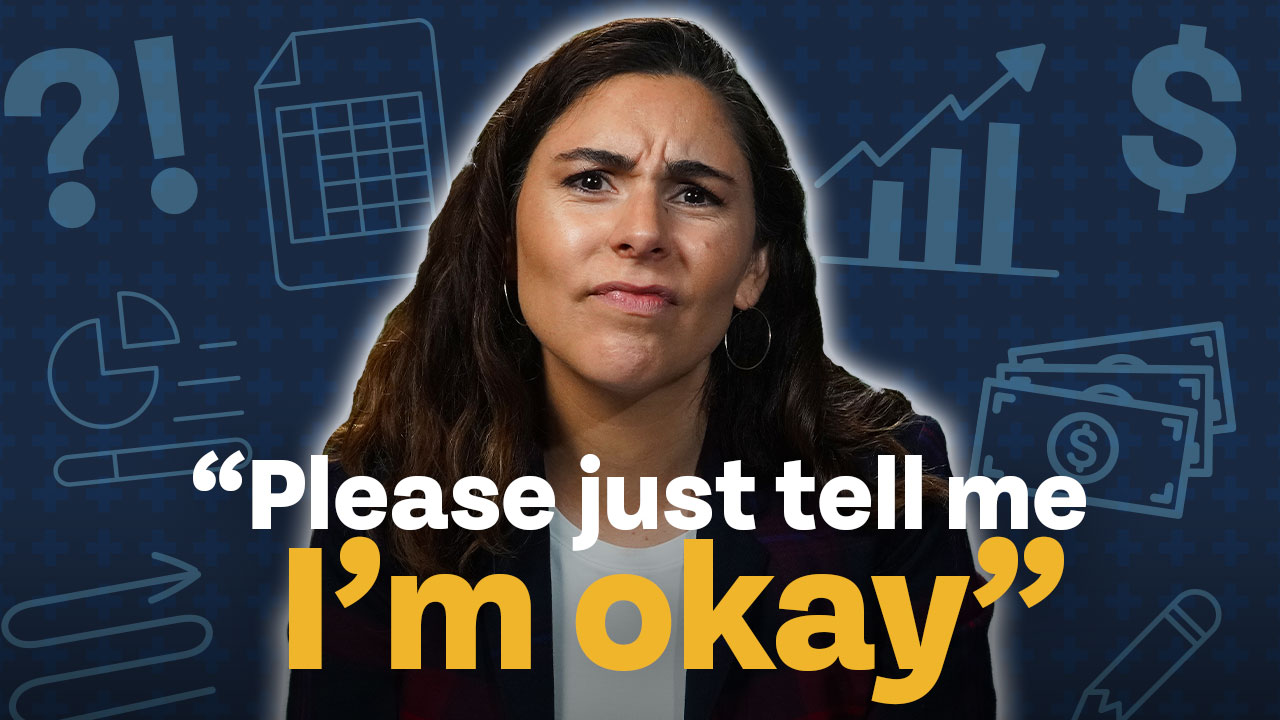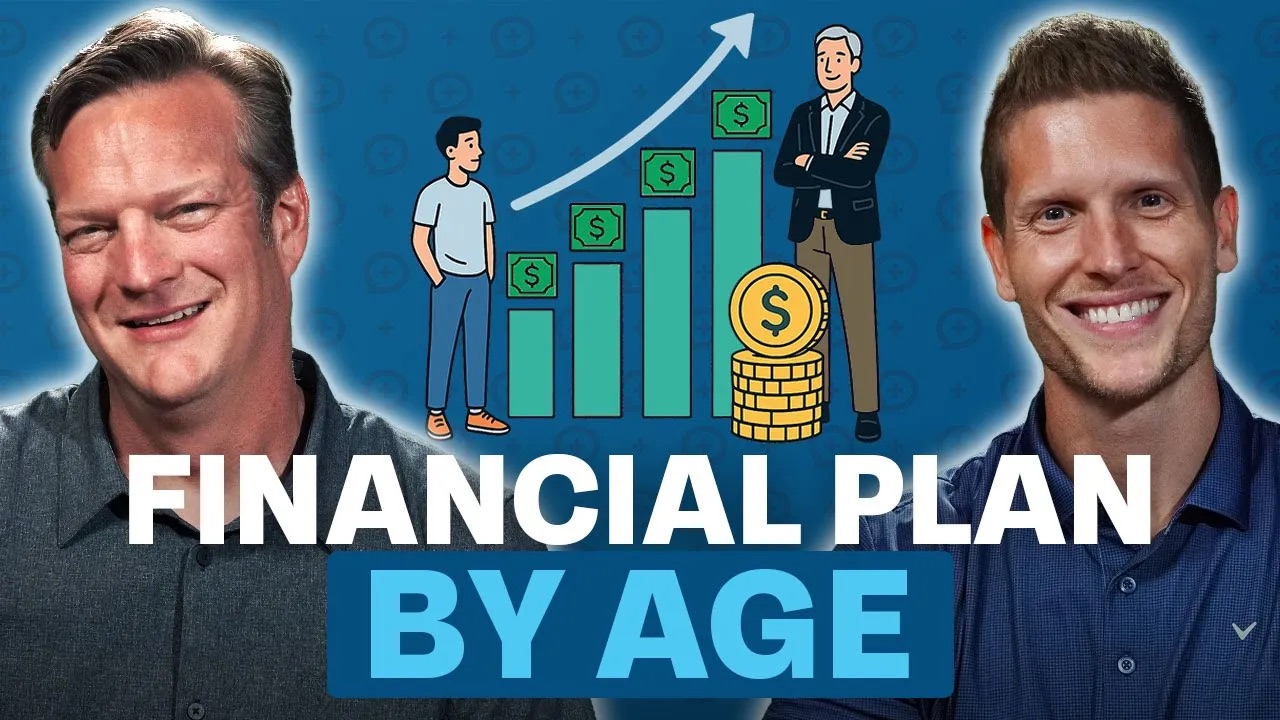
If you’ve watched or listened to any Money Guy content about investing, you know we’re big fans of low-cost index funds. For the first time, passive investments are overtaking active investments as the most popular way to invest. Index investing is no longer the little guy on the block. Is the dramatic rise in popularity of index investing warranted, or are some actively managed funds being overlooked? With the amount of assets that are now passively managed, is there an index fund bubble?
Passive investing vs. active investing
Active investors believe they can consistently choose investments that outperform major stock indexes. It’s easy to understand why actively managed funds were so popular; it makes sense that someone, especially a professional stock trader, would be able to pick investments that beat indexes. There is nothing special about index funds. You don’t choose companies that you believe in or think will do well. With index funds, you’ll get the good and the bad of the market.
Yet index funds consistently outperform actively managed funds. Why is that? Well, index funds are special for the same reason they’re not special. You don’t choose specific stocks that you think will do well when investing in index funds. Instead, you get broad market exposure. If innovation continues and the economy keeps growing, your index funds will reflect that. Your success investing isn’t tied to a small handful of companies. You get both the good and the bad of the market, and since the market goes up in about 70% of years, most of the time you’ll be getting the good. With active investing, there’s no guarantee you’ll get any of the good, and you could end up getting more bad than you bargained for.
Is there an index fund bubble?
As recently as 2013, only 20% of invested assets were passively invested. Now that it’s about 50/50, there has been more talk of an index fund bubble. Those that believe in an index bubble think that index funds artificially inflate the value of stocks included in the fund. The theory is that active investors, or fund managers, do the hard work of price discovery, and that passive investors don’t need to evaluate the price of individual securities within an index because they can assume they are priced accurately. At a certain point, prices can become inaccurate. For example, if we had only one active investor in the world and everyone else was a passive investor, stocks would be priced pretty inaccurately.
Roughly 50% of invested assets are still actively managed, and we are nowhere close to having a shortage of active investors. If we did reach a point where assets were not priced as they should be, more active investors would emerge to take advantage of that inefficiency. Usually the ones shouting from the rooftops about an index fund bubble are active fund managers, like Michael Burry. Arguments made by those that stand to gain financially from inflows to actively managed funds should be evaluated very carefully.
Why is it called a bubble?
Every bubble must pop eventually, and those who believe there’s an index fund bubble also think it is going to burst. What does that supposed bubble bursting look like? Some believe that there will be a rush of investors looking to sell positions in passively managed funds all at once. Passive investors, though, are passive for a reason. It’s unlikely that there will be a huge rush of passive investors looking to sell their investments. Even if there were, it is unlikely that they would be unable to find buyers for their investments.
In the world of investing, it can be difficult to know who or what to believe. Make sure you’re being smart with your money; independently evaluate investments in your portfolio, and take a look at fees or commissions you’re paying and the historical performance of your investments. Index funds typically have lower expenses and fees than actively managed funds and usually outperform actively managed funds over longer periods of time. We recently recorded a full show all about index funds, “Why Every Investor Should Own This Fund!” Watch it now on YouTube below.













